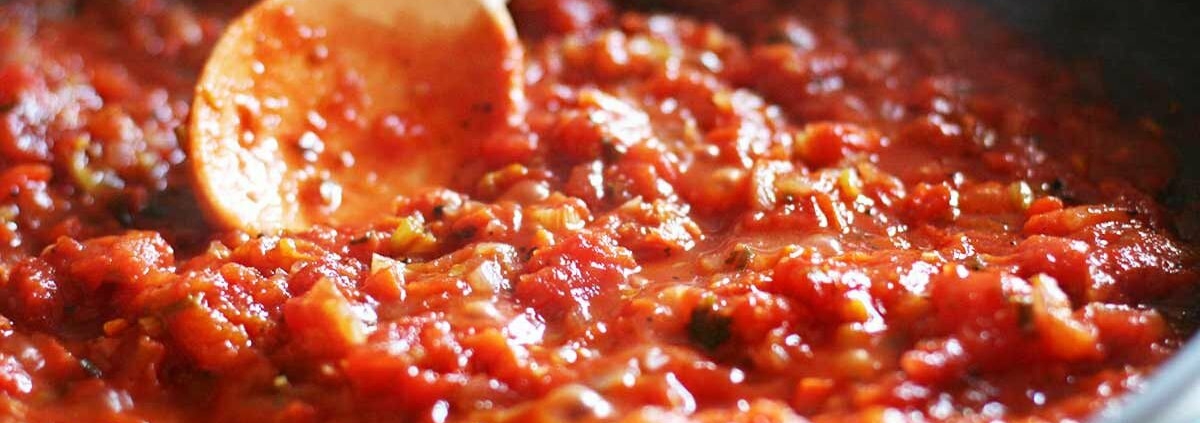Perhaps the funniest episode of any program in the past year was episode 5 of Curb Your Enthusiasm, features Isla Fisher, who is a professional crier, and manipulates Larry David into giving her his late mother’s mink stole. Yes, she is paid to cry at funerals and television shows and in theaters. The services are valuable as crying prompts others to pay attention. Tears are a powerful form of persuasion. Tears can produce strong reactions such as empathy. But tears can be suspect if the tearful individual’s motives are questioned. This is especially true of people who have the capacity to control weeping. This is the heart of the episode.
What makes this episode so funny are the sad truths it reveals. Real crying may be a lost art.
Ours is an age which has forgotten how to cry. Whether at Yom Kippur services, a funeral or a theater, tears are conspicuous by their absence.
There is much to cry about. 200,000 dead of corona virus. Governments around the globe grabbing power and moving toward fascism. Our planet on fire. Our planet drowning. The airwaves and news reports should be filled with pictures of people crying.
We have prided ourselves on opening doors to innovation, but we don’t open the doors to our heart. We have reached the heavens with space travel, but we can’t seem to reach into our souls.
Crying is a uniquely human event. Crying has been linked to stress reduction and mood enhancement with the release that follows crying, making tears a method of self-soothing. Crying triggers Parasympathetic nervous system activity. I threw that in to prove that I wasn’t just making up the science of crying.The effect of crying goes beyond self-soothing. We can pierce a psychological barrier which promotes new perspectives or resolutions.
The other primary aspect of crying is its interpersonal function: the effect that crying has on other people. When somebody cries the common reaction is to make the crying stop. Unknowingly, when someone responds to tears with “Ssssh don’t cry” they’re actually saying, “Stop expressing your emotion through crying, it’s making me uncomfortable,” which really says “Your emotions make people uncomfortable,” which eventually translates to, “feelings are bad”. When a child cries, we may think they are overreacting, and we may urge them to stop crying. Perhaps it is us who wants their crying to stop, not them. But we are teaching them that tears are an unwanted intrusion.
Alternatively, crying may elicit empathy in the observer, leading to comforting and support. Once learned, the notion of crying to gain consolation may remain.
Many people have a remarkable ability to control their weeping. Others cannot control their crying. Uncontrolled crying is deemed an example of mental health issues. We may mistakenly presume someone is depressed because they cry a lot.
In fact, there are many negative connotations to crying. For men, we are chided not to be like little boys or like women. Men avoid crying because they are told crying is associated with weakness. Tears violate social norms for men. Appropriate social expression for men is typified by our movie heroes – Bogart and Gable in the 30s and 40s, Russell Crowe and Dwayne Johnson more recently. This is the anticipated version of the white, heterosexual male: a powerful man who is rational and controlled.
Women’s tears are seen as more normal than a man’s. Women are more prone to cry then men. Women are more likely to cry when angry. Women are less concerned with demonstrating power and are more likely to show vulnerability such as crying. Yet, a woman’s tears may be negatively viewed for her lack of emotional discipline. Neither sex is given a free pass on crying.
How we evaluate crying is often situational – appropriate at funerals, not so much when your computer crashes.
Being mentally strong means being able to be sad or cry sometimes. Our tears are powerful expressions of concern and pain and sympathy. Tears are generally a genuine way to express emotion. And tears are an important part of social communication. Crying transcends speech. Crying is the emotional equivalent of ALL CAPS, BOLD, EXCLAMATION POINT and sad face emoji.
And yet, we live in a society that does not value crying. This is not true of all people. Japanese are strong believers of spirituality and enlightenment. They attend crying classes to release over-thinking and perturbed emotions. Some cities in Japan now have “crying clubs” which provide a supportive, safe space to cry for people who struggle to express emotion due to cultural or personal reasons.
Here in the west, we bottle up these expressions of emotion with a negative association. Yet, the spiritual giants of Jewish thought know better. A Chasidic master, the Kotzker Rebbe, said that when one needs to cry, and wants to cry, but cannot cry—that is the most heart-rending cry of all.
In writing Learning to Cry, Dr. Erica Brown offered this: In Rabbi Israel Meir Lau’s remarkable autobiography, Out of the Depths, Lau mentions a young survivor after liberation who had lost his parents and who heard an older survivor address several hundred orphans in France. The young listener thanked the speaker for a gift: the ability to cry again. “When they took my father and mother, my eyes were dry. When they beat me mercilessly with their clubs, I bit my lips, but I didn’t cry. I haven’t cried for years, nor have I laughed. We starved, froze, and bled, but we didn’t cry.” This young man thought he had a stone for a heart. “Just now, he said, I cried freely. And I say to you, that whoever can cry today, can laugh tomorrow….
From crying there begins a process of healing, transformation, and redemption. Your tears may be a gift of the spirit. Tears can be shed for purpose of the restoration of the psyche. Crying can directly connect you with the subliminal messages of your mind or the depths of your soul.
The power of tears is our ability to approach the healing, the Oneness, the closure, the redemption, the most profound level of prayer.
If we are honest with ourselves, we know that we’re not perfect, we don’t always get it right, not as individuals and not as a people. Having reached the truth of our being, wiping away the ego and the pride, perhaps all that is left is for us to cry out. Perhaps what is best for us is to cry out.
That’s what the shofar is. The sound of our tears. Shevarim, three sighs. Teruah, a series of sobs. And surrounding them the tekiah, the call without words. The sound of a heart breaking. No more excuses. No more rationalizations and justifications. Ribbono shel olam, forgive us.
There has to be a time when we allow ourselves simply to weep for what we know we could have handled better. How we could have been better.
Crying starts where words end. And I’ve run out of words to describe the depths of my frustration and sadness about the state of our Nation and the world. I should be crying right now.
As Rabbi Lord Jonathan Sacks has taught, “in our tradition, we are heard when we cry. God hears our cries and sheds tears along with us.” The psalmist wrote that God collects our tears in a flask and records them in a book. (psalm 56:9)
There’s nothing closer to God than a broken heart and nothing stronger than a heart that’s been healed by God’s forgiveness.
The ability to cry may be an indication of character. The failure to cry may be the true indicator of spiritual illness.
Prayer should be a stimulus for tears. Rabbi David Ingber tells that he has boxes of tissues placed around the sanctuary. If people aren’t crying at some point during a service, then he has failed.
The prophet Jeremiah understood the value of crying. He wished that his head were water and his eyes a fountain so that he could weekday and night for the people who had died.
The act of crying is the beginning of transformation if the tears are with purpose.
Your tears are not an affliction. Your crying is not the sin. Bottling up your emotions is distancing you from yourself, from your community and from God.
I will add to the Al Chet prayer this year, the prayer that lists sin after sin.
For the sin of not hearing the crying of others in distress
For the sin of not offering tears for what grieves my soul.
For this dear God, forgive us, pardon us, and grant us atonement.
Is crying a self-soothing behavior? Frontiers in Psychology, 2014, Asmir Gracanin, et al.
The perception of crying in women and men: Angry tears, sad tears and the “right way” to cry. L. R. Warner, Stephanie Shields, January 2007.
The Cry, Rabbi Jonathan Sacks, rabbisacks.org/cry/













 Evan J. Krame was ordained as a rabbi by the
Evan J. Krame was ordained as a rabbi by the